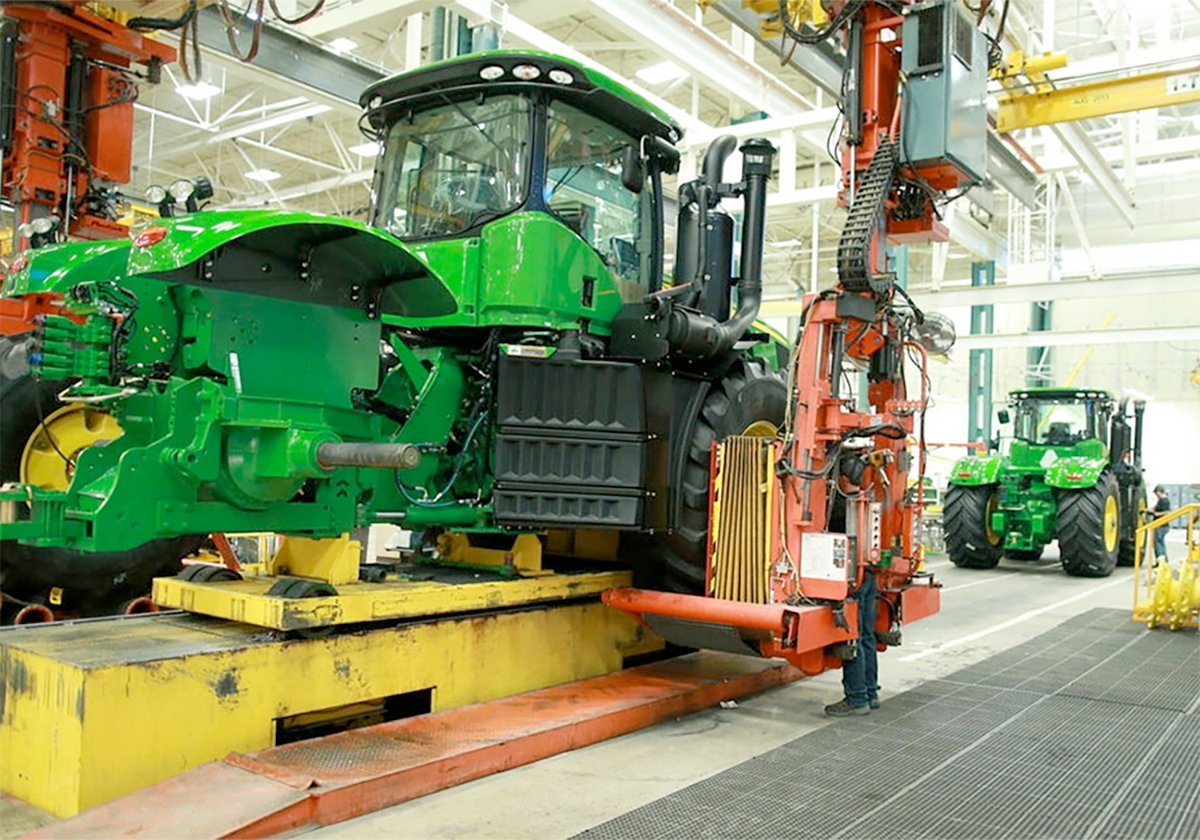IT IS easy to imagine the reaction in cowboy circles to the latest proposal from the National Farmers Union that the cattle export crisis should spark a debate over whether it is wise to base industry expansion on politically volatile export markets.
The NFU is suggesting consideration of supply management for cattle producers who would concentrate on producing for domestic demand in exchange for regulated, cost-of-production based pricing.
And in truth, as NFU president Stewart Wells readily admits, it would be a complicated and difficult transition to attempt. Cattle producers would oppose it, trade agreements would be challenged and an industry expanded during the past two decades from a domestic concern to an export sector would face inevitable shrinkage and disruption.
Read Also

Trump’s trade policies take their toll on Canadian producers
U.S. trade policy as dictated by president Donald Trump is hurting Canadian farmers in a multitude of ways.
In fact, “impossible” likely is the best descriptive word.
Even if production controls and administered pricing were considered desirable and practical, supply management requires border controls. The North American Free Trade Agreement dictates the opposite in cattle trade.
Love it or hate it, few economists believe NAFTA could be abrogated without a serious disruption to Canada’s increasing integration into the North American economy.
So for all the above reasons and more, let’s assume cattle supply management is not going to happen.
Still, leaders of the industry would be shortsighted to over-react in their dismissal of the NFU trial balloon without considering the fundamental issue being raised.
The farmers’ union has made a career out of putting the cat among the pigeons, or in this case the wolves among the cattle, and the result has been some of the more interesting agricultural debates. Whether the majority judges the NFU right or wrong, it challenges conventional wisdom.
Here’s the wolf: The export collapse caused by the discovery of one case of bovine spongiform encephalopathy has turned the comfortable assumptions of the cattle industry on their heads.
It assumed that integration into the American market protected the Canadian industry from protectionism. Wrong.
It assumed that the current campaign to diversify Canada’s exports from extreme dependence on the U.S. market to other markets would protect Canada from American protectionism. Wrong.
It assumed that unlike those grain growers, with a long history of looking to government for bailouts when market forces or politics short-changed them, cattle producers could live by the market and rise or fall on their ability to withstand the vagaries. Half a billion dollars later and counting, wrong.
The NFU may not have an answer that appeals to cattle producers or governments but it surely is asking the right question – what happens to an export-dependent industry if future BSE discoveries lead to more closed borders?
International experts say more cases are almost inevitable, particularly if testing is increased. Pinning hopes on some international agreement on how to handle controlled cases seems like thin gruel indeed.
The cattle industry may scoff at the idea of retrenching to a domestic market.
It cannot avoid the reality that dependence on export markets leaves the industry vulnerable. Should taxpayers brace themselves for regular grain industry-like pleas for bailouts?














